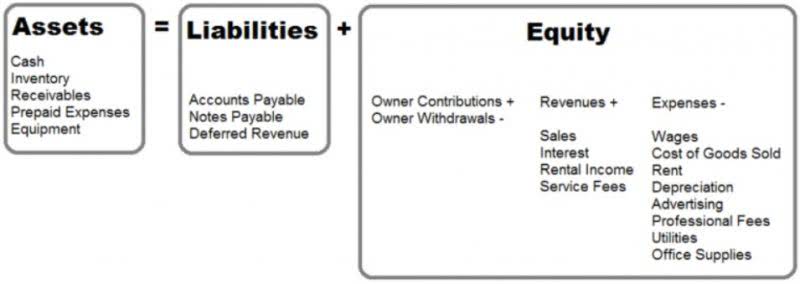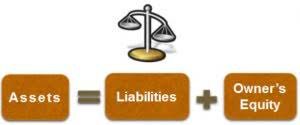
The strategy involves categorising receivable accounts by age and assigning a percentage based on the likelihood of collection. As a result, it is best suited for businesses that have been in operation for a long time and have developed a distinct pattern in their accounts receivables. The percentage is calculated using the company’s historical debt collection history. The issue arises when accounts receivable show money due by untrustworthy clients. Customers may fail to pay their bills, causing the company to take a loss. Businesses base their financial reporting on the premise that not all of their accounts receivable will be paid by consumers to account for this risk.
- Prioritizing paying off your highest interest rate debts like credit cards before putting extra dollars toward other debts.
- In this article, you’ll learn how to calculate bad debt expense for your small business.
- Uncollectible accounts are written off immediately at expense using the direct write-off method as they become uncollectible.
- Unlike the allowance method, there is no estimation involved here as the company specifically choose which accounts receivable to write off and record bad debt expense immediately.
How to Analyze Accounts Receivable?

Understanding bad debt expense—how to calculate it, track it, and minimize its impact—is key to protecting your cash flow. Understanding how to calculate bad debt expense with accounts receivable is essential for accurate financial management. This section outlines how to approach this calculation using various strategies. The allowance method is an accounting bookkeeping for cleaning business strategy that allows businesses to account for anticipated losses in their financial statements to avoid overstating prospective earnings.
Credit Card Debt
- This number can then be used to estimate future bad debt expense allowances.
- Some of the most frequent financial ratios used by investors to interpret a company’s financial statements are listed below.
- The final collection probability is however still an average and individual outstanding accounts could skew calculations.
- Accounts receivable is a permanent asset account (a balance sheet item) while sales is a revenue account (an income statement item) that resets every year.
- As a small business, this occurs mostly when you extend credit to customers.
- Financial Ratios Financial ratios assist investors in deciphering the massive amount of financial data reported by businesses.
- If bad debt is becoming a concern for your business, we’ve got good news — there are several ways to get ahead of the problem.
Thirty-eight percent of Gen X report that they feel they have too much debt and almost a quarter of Gen X have been retained earnings balance sheet contacted by collection agencies in the past year. In this guide, we’ll cover the essentials of bad debt expense and provide practical steps to reduce its effect on your business, ensuring stronger financial stability. We previously mentioned that our allowance for bad debt is just an estimate. Financial statements are accounting documents that demonstrate a company’s financial activity and performance. The Securities and Exchange Commission in the United States requires companies to submit their financial statements on a quarterly and annual basis (SEC). Target, on the other hand, took nearly 64 days to receive its funds, owing to its reliance on slow-to-collect credit card sales.
Cash Conversion Cycle: Definition, Formula, Calculator, and Examples
Team bad debt expense calculator members can focus their attention on uncovering the causes of payment delays and working with customers to better understand their needs. Instead of sifting through multiple email threads, AR staff and customers alike can find all the information they need in one place. Larry’s Lumber sends the shipment of wood to Terri’s Toys, as well as an invoice for $5,000. Due to unforeseen financial circumstances, however, Terri’s Toys cannot pay the invoice on time.

Average Collection Period: Calculator, Examples, Ways to Improve
At the same time, substantial drops in the provision for bad debts may suggest that the company’s management has been forced to write down whole accounts receivable. According to the IRS, you should only write off bad debt expense after the amount outstanding is no longer likely to be paid. You must be able to show that you used reasonable measures to recover the bad debt expense. It might be time to write off the bad debt expense if you’ve tried to contact the customer by phone or set up a repayment plan.
